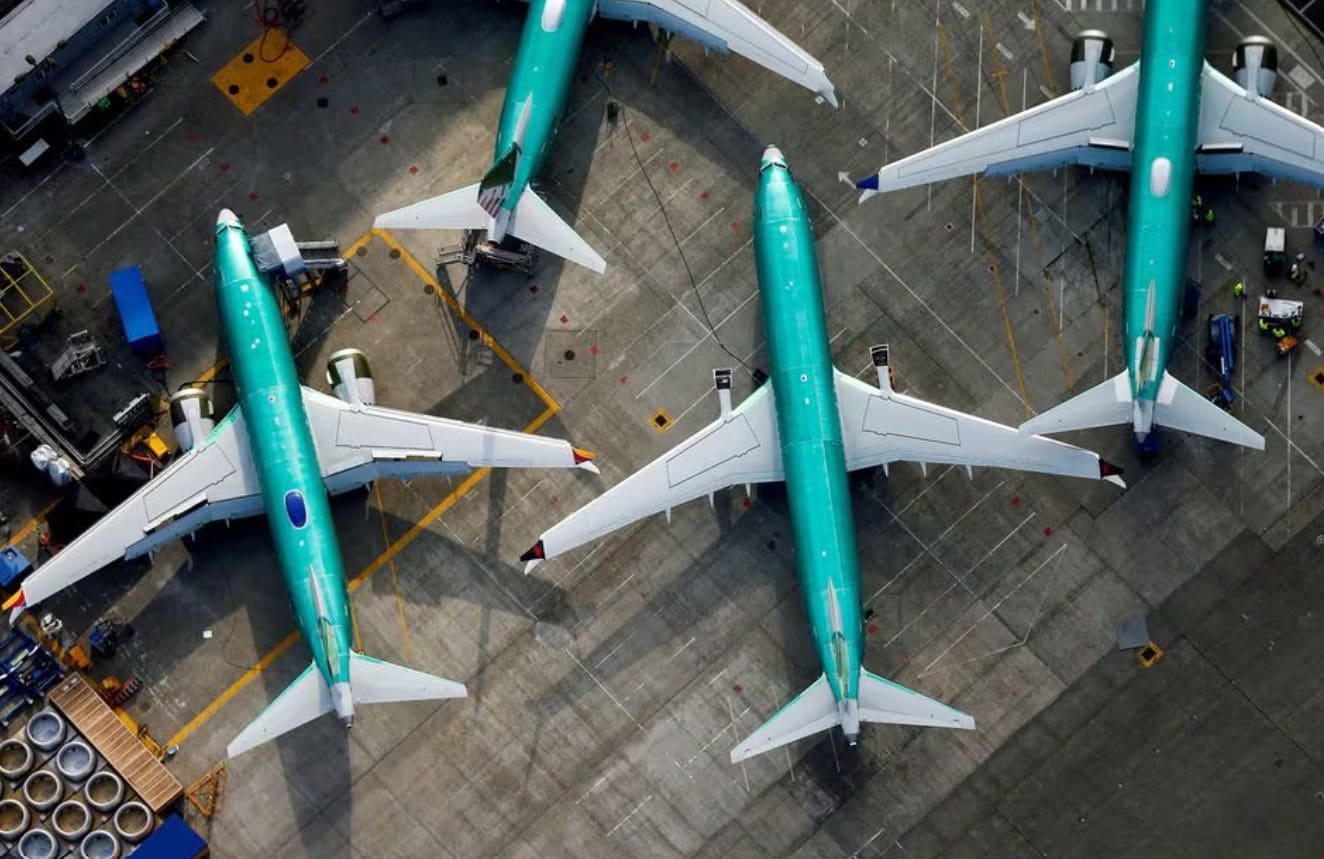The International Air Transport Association (IATA), in collaboration with global consulting firm Oliver Wyman, has released a new joint study titled Reviving the Commercial Aircraft Supply Chain, revealing the growing challenges facing aircraft production and the pressing need for joint action across the aviation sector.
According to the report, persistent disruptions in the aerospace supply chain are delaying deliveries of new aircraft and parts, forcing airlines to keep older, less fuel-efficient planes flying for longer.
The global commercial aircraft backlog reached a record 17,000 units in 2024, compared with an average of around 13,000 between 2010 and 2019.
The slow pace of production, the report found, is expected to cost airlines over $11 billion in 2025, mainly due to higher operating costs.
These include excess fuel expenses of about $4.2 billion, additional maintenance costs of $3.1 billion, increased engine leasing of $2.6 billion, and around $1.4 billion in surplus inventory holdings as airlines stock up to mitigate unpredictable delays.
At the same time, demand continues to rise. Passenger traffic grew 10.4 per cent in 2024, outpacing capacity expansion of 8.7 per cent and pushing load factors to a record 83.5 per cent. The upward trend, IATA noted, has continued into 2025.
The study attributes these pressures to a mix of factors, including the current aerospace economic model, raw material shortages, tight labour markets and geopolitical instability.
Taking these into account, it outlines key initiatives for original equipment manufacturers (OEMs), lessors and suppliers, supported by airlines, to restore balance and strengthen resilience across the supply chain.
“Airlines depend on a reliable supply chain to operate and grow their fleets efficiently,” said Willie Walsh, IATA’s Director General.
He explaining that “we have unprecedented waits for aircraft, engines and parts and unpredictable delivery schedules. Together these have sent costs spiralling by at least $11 billion for this year and limited the ability of airlines to meet consumer demand.”
While acknowledging that there is no quick fix, Walsh stressed that some measures could bring meaningful relief.
“There is no simple solution to resolving this problem,” he said, “but there are several actions that could provide some relief.”
He went on to suggest that “opening the aftermarket would help by giving airlines greater choice and access to parts and services. In parallel, greater transparency on the state of the supply chain would give airlines the data they need to plan around blockages while helping OEMs to ease underlying bottlenecks.”
The report proposes that improving transparency and data-sharing across supplier levels could help identify risks early, reduce inefficiencies, and make the system more reliable.
It also stresses the importance of expanding repair and parts capacity, accelerating repair approvals, and supporting the use of alternative parts and Used Serviceable Material (USM) solutions.
Moreover, leveraging predictive maintenance insights, pooling spare parts and adopting advanced manufacturing technologies could help optimise inventory and reduce downtime.
Ultimately, the study concludes that the first and most critical step for the commercial aerospace sector is to establish a coordinated strategic approach among all stakeholders.
Only through collaboration, it notes, can the industry overcome the multi-layered challenges hindering aircraft production and maintenance capacity.
“Today’s aircraft fleet is larger, more advanced, and more fuel-efficient than ever before,” said Matthew Poitras, Partner in Oliver Wyman’s Transportation and Advanced Industrials practice.
“However, supply chain challenges are impacting airlines and OEMs alike.”
Poitras concluded that “we see an opportunity to catalyse an improvement in supply chain performance that will benefit everyone, but this will require collective steps to reshape the structure of the aerospace industry and work together on transparency and talent.”







Click here to change your cookie preferences